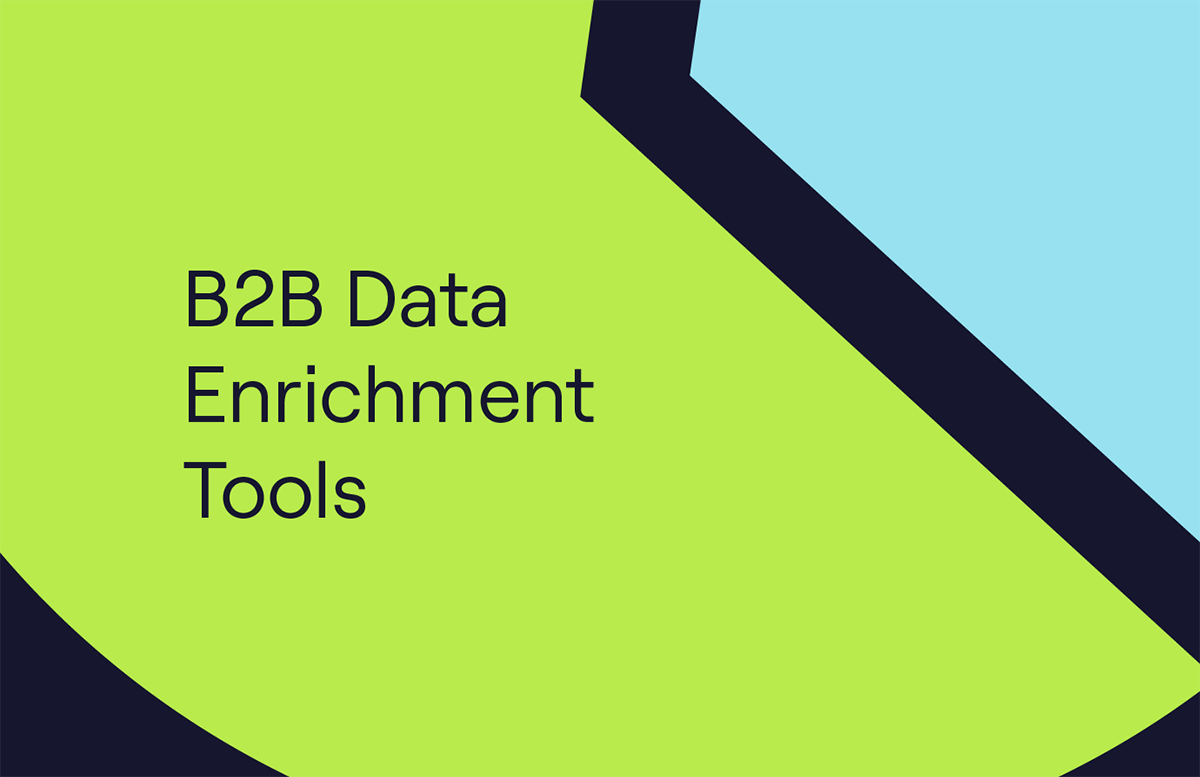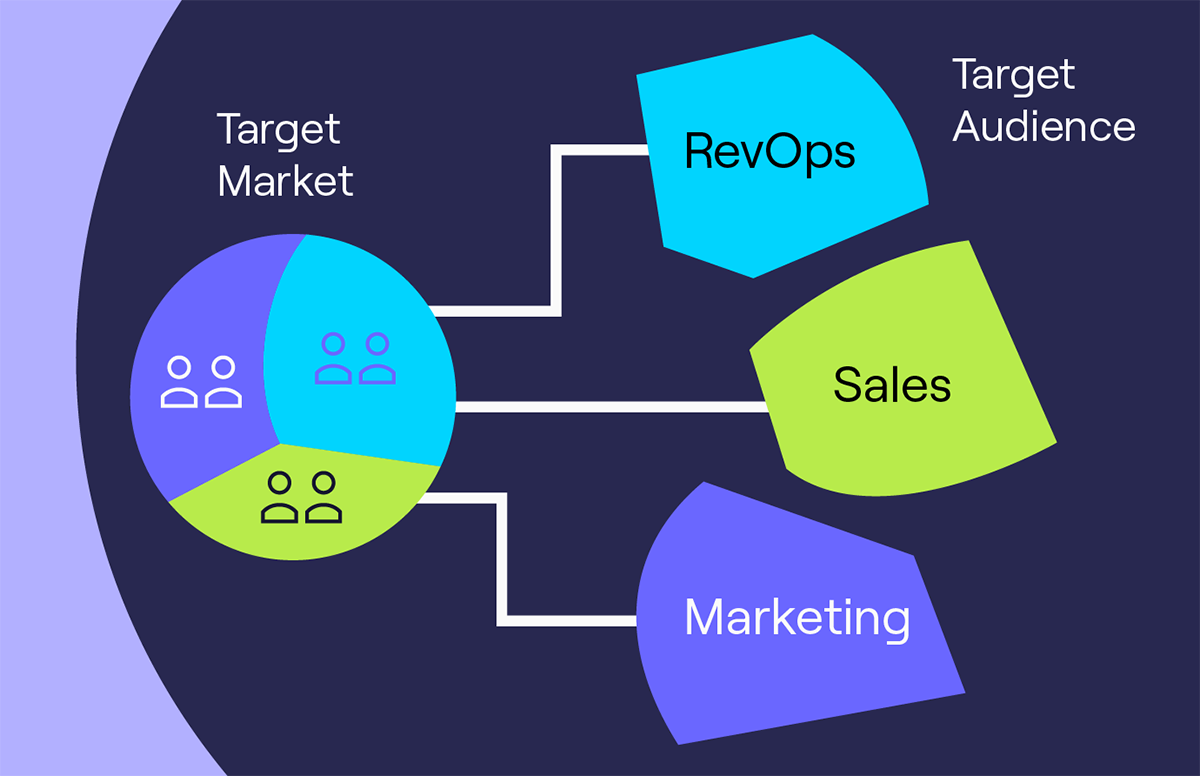Lead Automation: How Automated Lead Generation Grows Sales
Tired of misalignment between sales and marketing teams?
You’re not the only one!
There’s no magical way of solving this issue, but you can try lead automation. Also known as automated lead generation, it’s a powerful way of using tools and workflows to attract, qualify, and route leads without manual effort.
It also helps both teams to evaluate leads and sync their goals. Think of it as the yin and yang of attracting and nurturing leads ☯️
This guide will teach you everything about automated leads and how technology seamlessly passes them through the marketing funnel.
Scroll 👇 or use the menu to get started!
What is lead automation?
Sales lead automation involves streamlining different touchpoints where leads can enter your sales funnel to better determine their importance.
Think of automated lead generation as the broader strategy that leverages lead automation tools to consistently bring in high-quality prospects.
You can use lead intelligence tools to analyse leads’ characteristics and assign them to the right salespeople at the right time.
Automating the lead generation process ensures that businesses target the right leads and improve planning. Forget about not having enough or having too many contacts to reach out to!
Also, you won’t lose valuable leads deep in your CRM.
When you automate lead generation, your teams typically have better communication with prospective customers. Both sides are better informed about what is happening and what to expect next.
How do you streamline lead automation?
You can automate sales leads in the four main stages of the customer journey:
1. Capture the lead
You can’t have a lead automation process without first capturing the lead.
For example:
A visitor to your website becomes a lead when they fill out a contact information form.
Once you’ve captured the lead, the next step is to qualify them.
2. Qualify and score the lead
So, a lead has come through.
The next step is to evaluate the lead’s intent.
This lead automation stage is crucial. Why?
Because it helps B2B sales teams to identify the best opportunities that’ll close.
There’s also a speed factor involved here.
The sooner you qualify leads, the better. Because the salesperson can focus on reaching out to leads where the intent is at its highest.
And if there’s too much waiting around, the lead’s score will drop pretty quickly!
With lead automation solutions, leads can be qualified and scored without human intervention based on, e.g., the channel they came from, technographic or firmographic data, or other characteristics.
3. Give the lead to the right salesperson
When the leads have been sorted through, don’t just hand them over to whoever might be available on the sales team.
It’s not a free-for-all process. Lead automation helps you to assign the right leads to the right salespeople.
For example:
If you have a UK lead come through, automation will assign them to someone in your UK sales team.
In another scenario, let’s say you have a lead from someone based in the mid-market or enterprise segment. If that’s the case, lead automation tools will assign the lead to someone in your mid-market or enterprise sales team.
4. Nurture the lead
Once you’ve captured and qualified your lead, they’ll need to be nurtured at every step of the customer journey.
It’s the final piece of the puzzle. And it can be really time-consuming if you don’t automate the process.
With a platform like Intercom, you can automate lead generation by building email nurture or drip campaigns.
Use lead automation technology to quickly build relationships with your leads; this speeds up conversion.
When automated, lead nurturing is a real game-changer. Because it’s the best way to stay at the top of customers’ minds.
What are some examples of automated lead generation?
As we’ve said, you can use lead automation throughout different channels or touchpoints.
Let’s see what automating leads means in practice 👇
Install a chatbot on your website
Chatbots have been a revelation for how sales and marketing teams can interact with their customers.
And with a lead automation platform like Intercom or Drift, you can interact with leads the moment they submit a query through the chatbot.
You can capture and understand the intent of your leads instantly.
It’s a real game-changer.
Connect forms on landing pages to CRM
A landing page is a great tool in a B2B marketer’s toolbox.
But if the B2B lead generation process from the landing page is manual, you can wave goodbye to converting them further down the funnel.
That’s why it’s essential to use a lead automation tool that seamlessly integrates landing pages with your customer relationship management system (CRM).
Important information about the leads becomes visible to the sales and marketing teams. And it avoids a lot of back and forth, trying to figure out answers to questions such as:
- What information do I have on the lead?
- Who is the lead being assigned to in the sales team?
And much more.
An example of software that helps you automate leads through landing pages is Unbounce.
Gate some of your content
It’s not enough to just “sell” your products anymore.
Customers aren’t going to interact with you if you don’t know what you’re talking about.
So, never underestimate the power of content marketing. People who get value from the content will interact with you because your insights are memorable. That’s where your leads come from.
You can automate sharing content on your social profiles in peak audience times. This increases your visibility and engages more leads.
Don’t forget to set up automatic replies to your prospective customers!
Alternatively, you could have a gated piece of content, such as an eBook. Once someone has filled out their details, consider automating the transfer of these details into the CRM.
Once again, it will be useful for your sales team. Because they can quickly follow up with these leads if the opportunity is hot.
Automate lead email campaigns
We’ve briefly touched on this, but email nurturing is important.
Manually doing it will almost certainly be a time-consuming, painful, and, quite frankly, pointless process.
Because it’s far from systematic - you won’t be able to target your leads at the right time.
That’s why it’s important to use a platform that takes out the complicated stuff for you. And Cognism’s sales intelligence solution is great for this.
Lead automation at this stage is important because it eliminates the need for manual email list refreshes. The software can run checks for you and remove any spammy accounts.
Sales and SaaS marketing teams can ensure that the nurtured leads are always qualified. Again, this streamlines things, allowing you to focus on the best opportunities.
What are the benefits of lead automation?
It’s best not to complicate lead automation.
Sales and marketing teams will be busy enough just working on aspects like email messaging and focusing on the leads.
Lead automation is fuss-free and has plenty of benefits for your organisation 👇
Increased team efficiency
What’s behind the dynamic duo of a sales and marketing team?
It all comes down to productive lead generation. Without it, opportunities begin to slip away. Because your team is chasing leads with the wrong intent.
With lead automation, it’s the reverse. Sales teams can follow up with the best leads. In other words, the ones who are likely to convert.
Generates targeted leads
And let’s not forget the wonders it does for the marketing team. The more information they get about the leads coming in, the more they can refine their messaging.
Each time a lead is generated, it’s another piece of the ideal customer profile (ICP) puzzle completed.
This means that over time, targeted leads with the best opportunity for closing are the ones that come through. Again, it comes back to this:
Lead automation helps sales and marketing teams target, qualify, and nurture the right leads with the right content at the right time.
What are the top 10 lead automation tools?
There’s a huge amount of B2B technology out there that can help with lead automation.
Here are 10 of the best 👇
1. Cognism
Cognism automates the most time-consuming aspects of prospecting, allowing your reps to focus on closing deals.
See below for an interactive tour.
Top features:
-
Smart lead recommendations: AI-powered suggestions that guide reps to the next best prospect.
-
Buyer intent signals: Surface accounts showing active interest, so your team reaches out at the right time.
-
Automated enrichment: Keep your CRM records complete, fresh, and verified via CSV or API, no matter if you’re managing hundreds or millions of records.
-
Faster outreach prep: One-click company summaries and account insights instantly give reps the context they need.
-
Seamless integrations: Deliver clean, compliant data directly into your tech stack for immediate action.
Integration capabilities:
-
CRM and outreach tools: Seamlessly integrates with Salesforce, HubSpot, Outreach, and Salesloft to automate lead capture and routing.
-
Browser extension: Enables one-click lead generation directly from LinkedIn and company websites, enhancing outbound workflows.
- Data as a service: Get real-time access to Cognism’s data via API or scheduled batch delivery.
2. Salesforce
Employing AI insights, Salesforce fine-tunes lead automation strategies, focusing on generating and nurturing leads.
Top features:
- Lead management: Automates the tracking and management of leads throughout their lifecycle.
- Lead assignment and routing: Directs leads to appropriate sales personnel automatically using set criteria.
Integration capabilities:
- Marketing automation integration: Collaborates with HubSpot and Marketo.
- AI Capabilities: Salesforce harnesses the power of its own Einstein AI and offers integration with IBM Watson.
⚠️ Click the link to read about Cognism’s Salesforce integration.
3. HubSpot
HubSpot is a one-stop solution offering a comprehensive suite of tools to manage every aspect of lead automation, from lead generation to nurturing.
Top features:
- Lead scoring: HubSpot automates lead scoring based on various factors, including online engagement levels, demographic information, and purchasing history.
- Progressive profiling: Incrementally gathers detailed information from leads through dynamic forms.
Integration capabilities:
- CRM integration: Integrates with Salesforce, Microsoft Dynamics, and Zoho CRM.
- Email integration: Pairs seamlessly with Gmail, Outlook, and SendGrid.
⚠️ Click the link to read about Cognism’s HubSpot integration.
4. Marketo
With Marketo, you can deliver personalised lead experiences using lead automation workflows.
Top features:
- Behaviour tracking: Automatically tailors nurturing strategies by monitoring lead behaviours.
- Lead nurturing: Directs leads smoothly through the buying journey with automated nurturing tracks.
Integration capabilities:
- CRM integration: Integrates with Salesforce, SAP CRM, and Microsoft Dynamics.
- Analytics integration: Partners with Google Analytics and Adobe Analytics.
5. Intercom
Intercom provides chatbots that are effective for early lead engagement and data collection.
Top features:
- Chatbots: Uses chatbots to engage visitors and automatically obtain preliminary lead details.
- Visitor segmentation: Automatically segments visitors for targeted messaging.
Integration capabilities:
- Messaging integration: Syncs with Slack and WhatsApp Business.
- API integration: Facilitates integration with tools like Zapier and MuleSoft.
6. Mailchimp
Mailchimp offers a robust email marketing platform, using automation to nurture leads effectively.
Top features:
- Automated email campaigns: Establishes automated email sequences to nurture leads progressively.
- Audience segmentation: Facilitates targeted email campaigns through automated audience segmentation.
Integration capabilities:
- CRM integration: Seamlessly connects with Zoho CRM, Insightly, and Capsule.
- E-commerce integration: Pairs with Shopify, WooCommerce, and BigCommerce.
7. Zoho CRM
Zoho CRM’s comprehensive tools efficiently handle lead capture and nurturing from start to finish.
Top features:
- Lead assignment rules: Automatically assign leads to the most appropriate sales representatives based on predetermined criteria.
- Web forms: Captures leads automatically through integrated web forms on your website.
Integration capabilities:
- Email marketing integration: Merges with Mailchimp, Constant Contact, and Campaign Monitor.
- AI integration: Collaborates with Zia AI and integrates with IBM Watson.
8. ActiveCampaign
This platform streamlines the process of sending tailored emails to leads, making it easier for businesses to engage and convert them.
Top features:
- Lead scoring: Automates lead scoring based on diverse interactions with your business.
- Automation maps: Visualises and creates automated workflows for personalised lead nurturing experiences.
Integration capabilities:
- SMS integration: Incorporates platforms like Twilio and Nexmo.
- CRM integration: Connects with Nimble, Freshsales, and Less Annoying CRM.
9. Pardot
Being a B2B marketing automation powerhouse from Salesforce, Pardot provides tools that simplify the management and engagement of potential clients.
Top features:
- Lead grading: Automates lead grading based on a range of profiles and behaviours.
- Drip campaigns: Sets up automated drip email marketing to nurture leads with appropriate content.
Integration capabilities:
- Salesforce integration: Facilitates automatic synchronisation and reporting of lead data with Salesforce CRM.
- API integration: Allows integrations with tools like Postman and Dataddo.
10. Unbounce
Unbounce helps businesses create and optimise landing pages to capture more leads - it tailors these pages for maximum impact.
Top features:
- Dynamic text replacement: Enhances lead conversion rates through automated content personalisation on landing pages.
- Triggered pop-ups: Automates pop-ups based on visitor behaviour to effectively captivate leads.
Integration capabilities:
- CRM integration: Enables seamless integration with platforms such as Salesforce, HubSpot, and Insightly.
- Email marketing integration: Integrates with tools like Mailchimp, ConvertKit, and Drip for automated email initiatives.
Key takeaways
Here are the key points to recap:
- Lead automation helps sales and marketing teams evaluate the relevance of every lead that comes into the business.
- It helps you to focus on the best opportunities and shortens the sales cycle.
- You can explore various lead automation solutions to support different lead generation strategies.
- The lead automation process ensures that sales and marketing teams are always on the same wavelength.
See Cognism’s automated lead generation in action - click 👇 to book a call with us.
/CTAs%20(SEO)/Choose%20Cognism%20CTA%20-webp.webp?width=672&height=258&name=Choose%20Cognism%20CTA%20-webp.webp)


